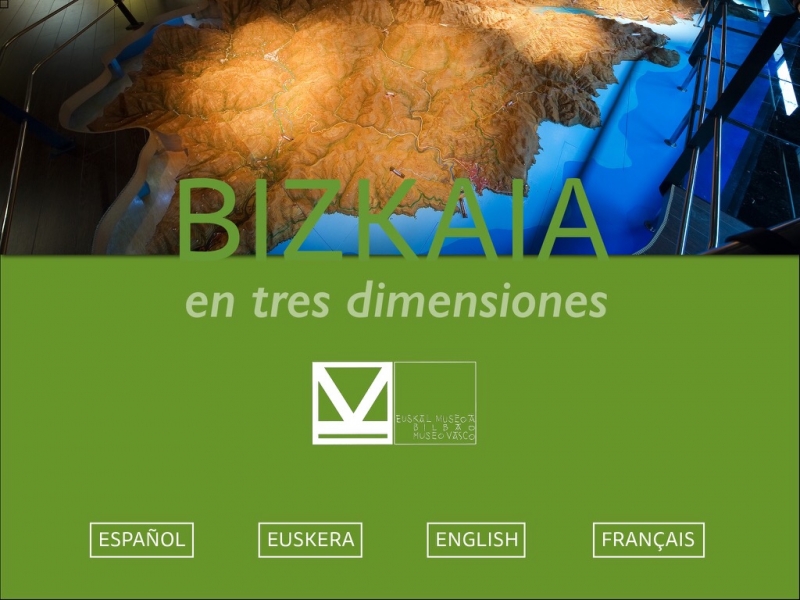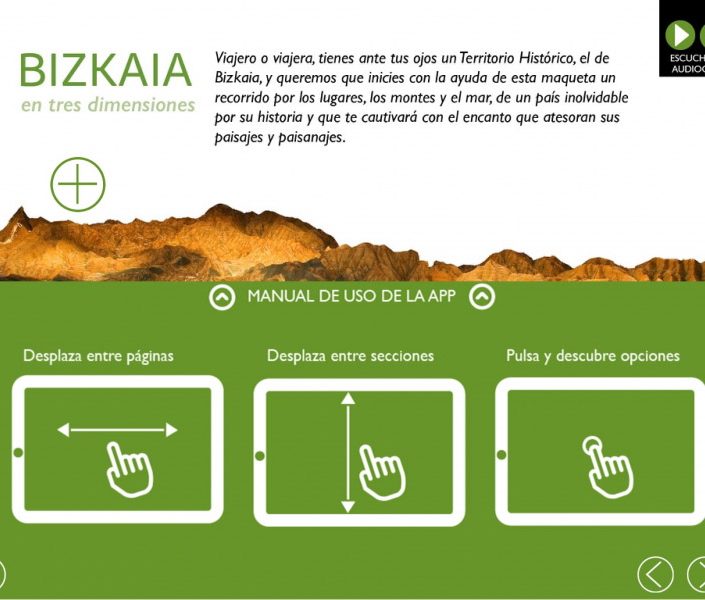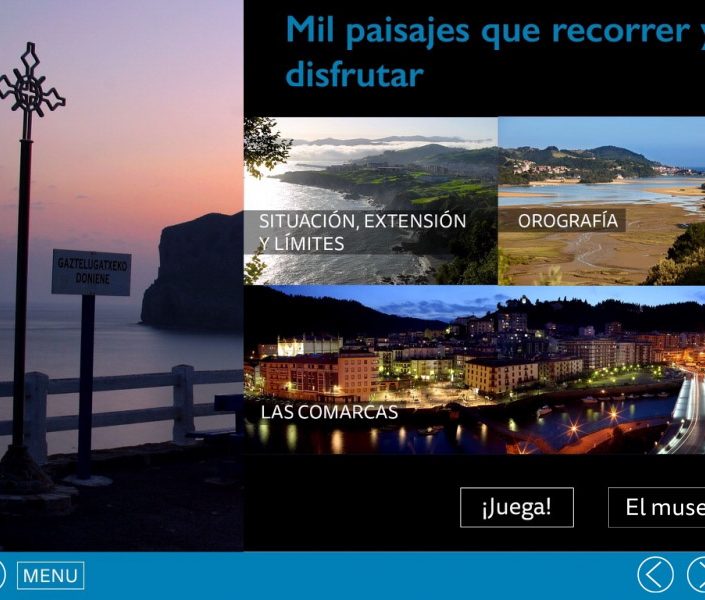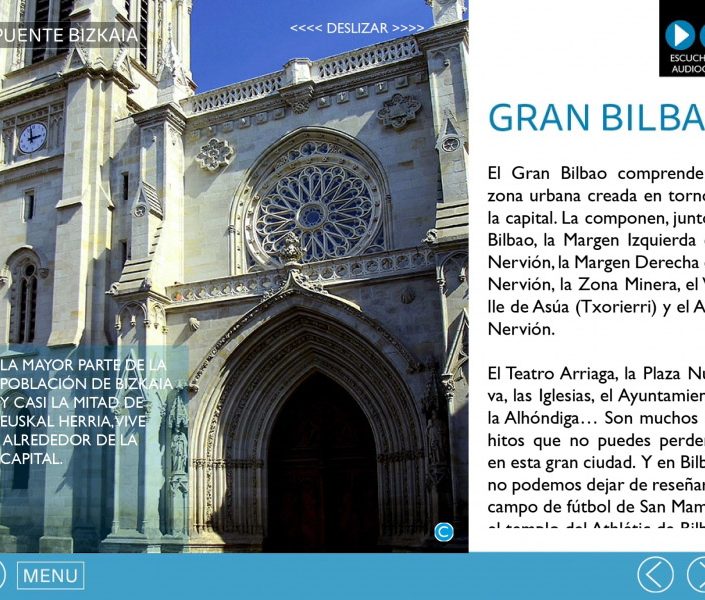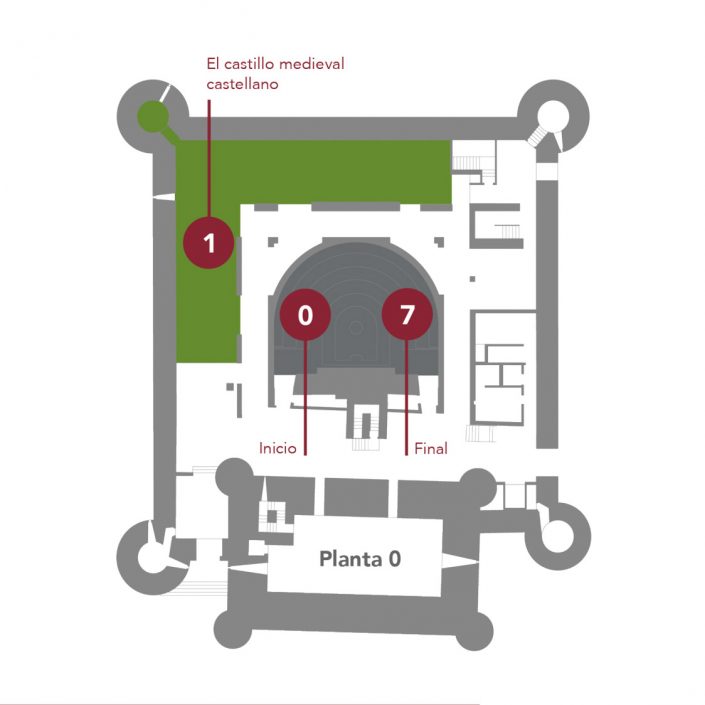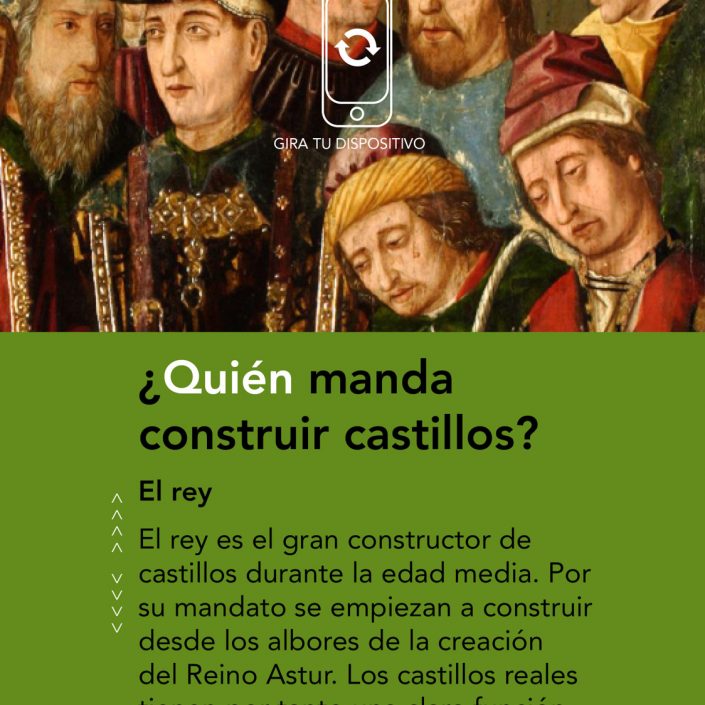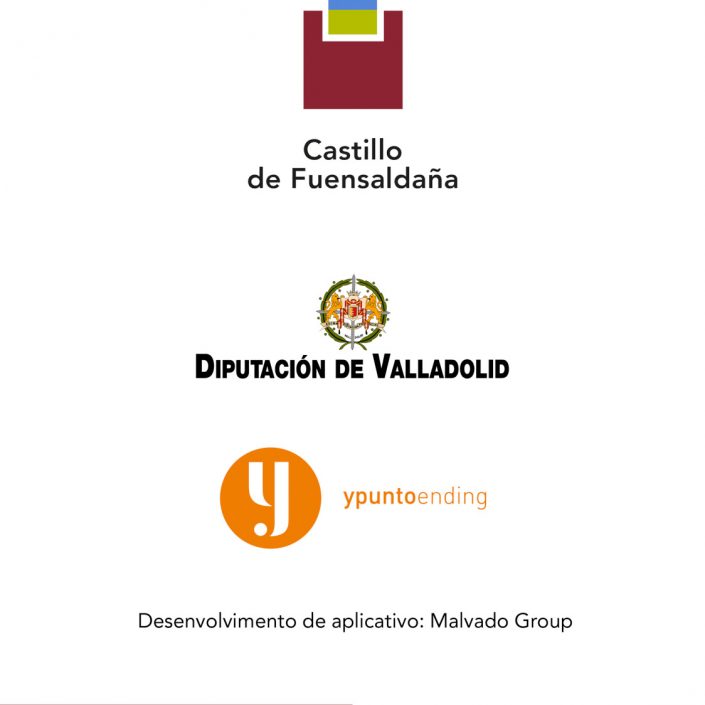NATIVE
APPs
GOODBYE TO THE OBSOLETE
TRADITIONAL AUDIOGUIDES
It is obvious that the smartphone is part of our daily life and that recent world events have enhanced it. For this reason and beyond, cultural users prefer to use their devices as opposed to others.
Maximum product quality, since any personal device offers superior features and possibilities (video, pdf, photos, etc.) to traditional audio guides.
Greater and better functionality than a traditional audio guide added to the user’s familiarity with their device.
Hygiene has become a personal asset over which you want to control.
Pre and post interaction of the contents compared to traditional audio guides, which can only be used on site.
You only need a minute to understand the product.
WHAT DO WE OFFER?
SIMPLE AND EFFECTIVE OPERATION
Visualization of contents with QR codes. However, and in the case of a possible failure (camera or software), we make it easy for the user to continue enjoying the experience without the use of QR codes.
INCLUSIVE AND PERSONALIZED DESIGN
The webapp is adapted to each project and can include the content that the client requires: video, graphic material (images or galleries), informative pdf, integration of other content such as virtual tours or 3D models.
MULTI LANGUAGE
We translate the audio guided script into any language, especially those of the Spanish territory (Asturian, Basque, Galician, Catalan, etc.). The webapp detects the language of the user’s browser and if the web app includes that version, it opens it automatically.
ORIGINAL NARRATIVE
Dynamic descriptions adapted to different audiences in a direct and entertaining way. A quality script that facilitates understanding and accessibility to more technical content on points of artistic, historical interest, etc.
CUSTOMIZED MUSIC AND SOUND EFFECTS
The soundtrack accompanies the narrative, enhancing its immersive effect. We can create it in an original way for your project, emphasizing with sound, what is being explained. A richer way of listening that leaves a more memorable impression on the visitor.
EASE OF USE FOR PEOPLE WITH DISABILITIES
Texts are included for people with hearing disabilities, or video guides with sign language, which allow different groups to use the audio guide.
ADD AND MODIFY CONTENT
Cultural spaces are alive and frequently undergo improvements and modifications. Webapps facilitate these changes as quickly as the client wishes, compared to other applications that are subject to controls by external agencies that make this immediacy impossible.
OFFLINE ACCESSIBILITY
The webapp works in conditions where there is no connectivity, as long as the application has been previously downloaded.
REPORTS OF USE AND DOWNLOAD
The webapp offers complete usage and download reports, data on the quality (age, interests) or origin of visitors, devices used, time of use, parts of the audio guide that have been used more or less, etc.
THE LATEST PRODUCTIONS
DEFINITION, PROS AND CONS OF NATIVE APPS
The native APPs are programmed taking into account the characteristics and particularities of each platform to later be installed on them. These platforms can be either a mobile operating system like Android or iOS, or a desktop operating system like Windows.
PROS |
CONS |
TO TAKE INTO ACCOUNT |
| Access to most of the functionalities of the devices (calendar, GPS, accelerometer or camera) | Independent programming for each operating system (IOS, Android, Windows Phone) | They work offline as long as all their content is previously downloaded. The user must have enough space in the event that there are many multimedia files in the app, therefore the weight will be considerable. |
| Use of Push notifications | Greater development time Costs | |
| Three or four times higher costs than other applications with similar features. | ||
| In the case of Apple, to publish an application in its store you must have a developer licence which has an annual cost. | ||
| With each update we will have to «upload» it to the corresponding stores, going through validation filters, and it may be rejected for some reason that goes against company regulations. | ||
| Users need to give their permission to implement the changes. | ||
| With each content update, it cannot be guaranteed that all users have the same version, losing control over the final user experience. |
